FTC disclosure tour-de-force here. The following article was last updated on Dec 2, 2025 ...
High Luminosity: A Signal Induced Sunburn
I'm a big fan of LED automotive lighting. Low power draw and long-lasting durability make these simple-to-install upgrades perfect candidates for modern motorcycling. What's more, you'll find them in countless shapes, sizes and metered lumens.
If you don't know what "lumens" refers to, let's just assume for our use, that it's a way to express how brightly a light bulb shines. In astronomy, the definition reads "the intrinsic brightness of a celestial object (as distinct from its apparent brightness diminished by distance)". Within the parameters of physics, we shorten that definition to "the rate of emission of radiation, visible or otherwise."
“Bright LED signal bulbs offer low power draw and long-lasting durability, making these simple-to-install upgrades ideal for motorcycling.”
All I know is that after a few years of serious long-distance street riding, a friend informed me that my rear left LED turn signal bulb had burned out. I searched a well-known but not-to-be-mentioned website for the very same model, only to learn they no longer offer it. It seems they discontinued my go-to purchase (for all of my motorcycles) some time ago and anything of equal brightness in their catalog is slightly too large for my signal casings.
A bit of data mining around the global-com-dot-web-net-inter-email (or so I hear the kids callin' it) led to my purchase of the last T20-2538-30Y-1156 bulb in stock. These amber 1156 bright LED signal bulbs are absolutely beastly, frying 920 lumens into the visual spectrum of every motorist around you. In motorcycle safety circles, riders consider these the epitome of all things "see-and-be-seen."
Note the image above. In it, both of my turn signals are active at once ... aka "hazard" mode. The left LED signal "bulb" is the same as those I'd normally buy (no longer available). The right signal, however, boasts what I opted to purchase. It's roughly 300 lumens brighter and more sturdy to boot. The difference may seem subtle ...
... but with the sun at your back, brighter remains better (see below).
Even if my latest make/model LED purchase ceases to be available, finding high-luminosity brake, signal and even headlight bulbs for your motorcycle is easy. Just pull the stock installation and compare its dimensions to whatever options you're considering. Assuming each of the prospective replacements fits, buy the one that balances reliably between lumen count and customer reviews.
When in doubt, opt for bright LED signal bulbs that match your housing size and meet your local regulations.
Again, the right purchase should be an easy, plug-and-play install, meaning you can simply remove your stock 1156 and position the LED version in its place. The better LED won't have any built-in load resistance because, come on ... you're better than that.
Load resistors half defeat the purpose of installing bright LED signal bulbs in the first place. Because LEDs require so little power, they treat your motorcycle's electrical system more gently, allowing the bike to deliver precious amps/volts elsewhere (such as, oh I don't know ... spark).
The only problem here is that normal 1156 bulbs have a stronger power draw and many motorcycle signal relays time the blink rate based on said draw. Swapping stock for a non-resistance LED substitute often causes "hyper-flash" or "constant-on" behavior, making the blinker act like a disco strobe or a desk lamp when triggered. The solution is to install a model-compatible replacement signal relay and bypass all demands made by the bulb itself.
So, cowboy/cowgirl up, replace the stock blinker, get yourself a set of tanning-bed-worthy LED turn signals and keep those caged idiots informed even when they're texting their doctoral thesis into the cloud while driving at 75 mph!
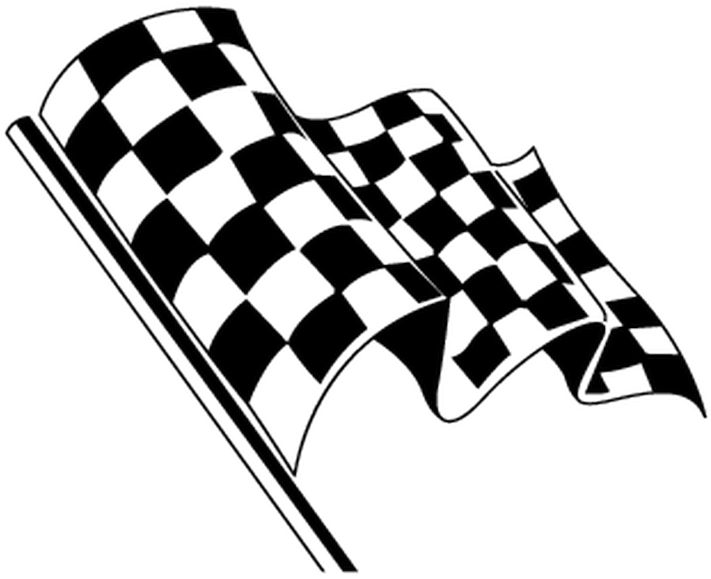
What LED Signal Lighting Have You Installed?
There are other ways to employ LED lighting on your motorcycle. What modifications have you made? How have they helped and why? Your input is invited. Leave a comment and/or write an article!
Your input is appreciated.
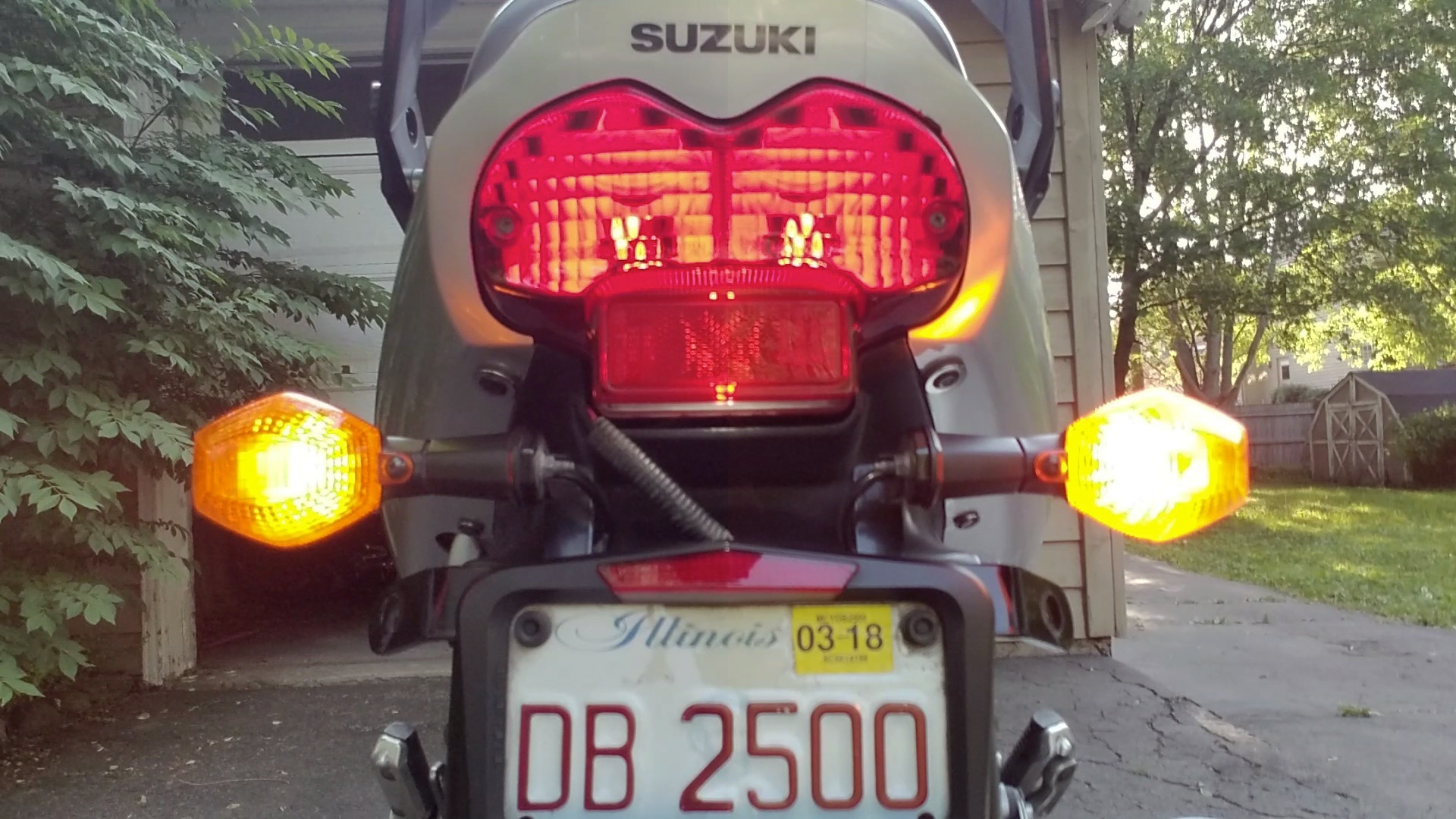
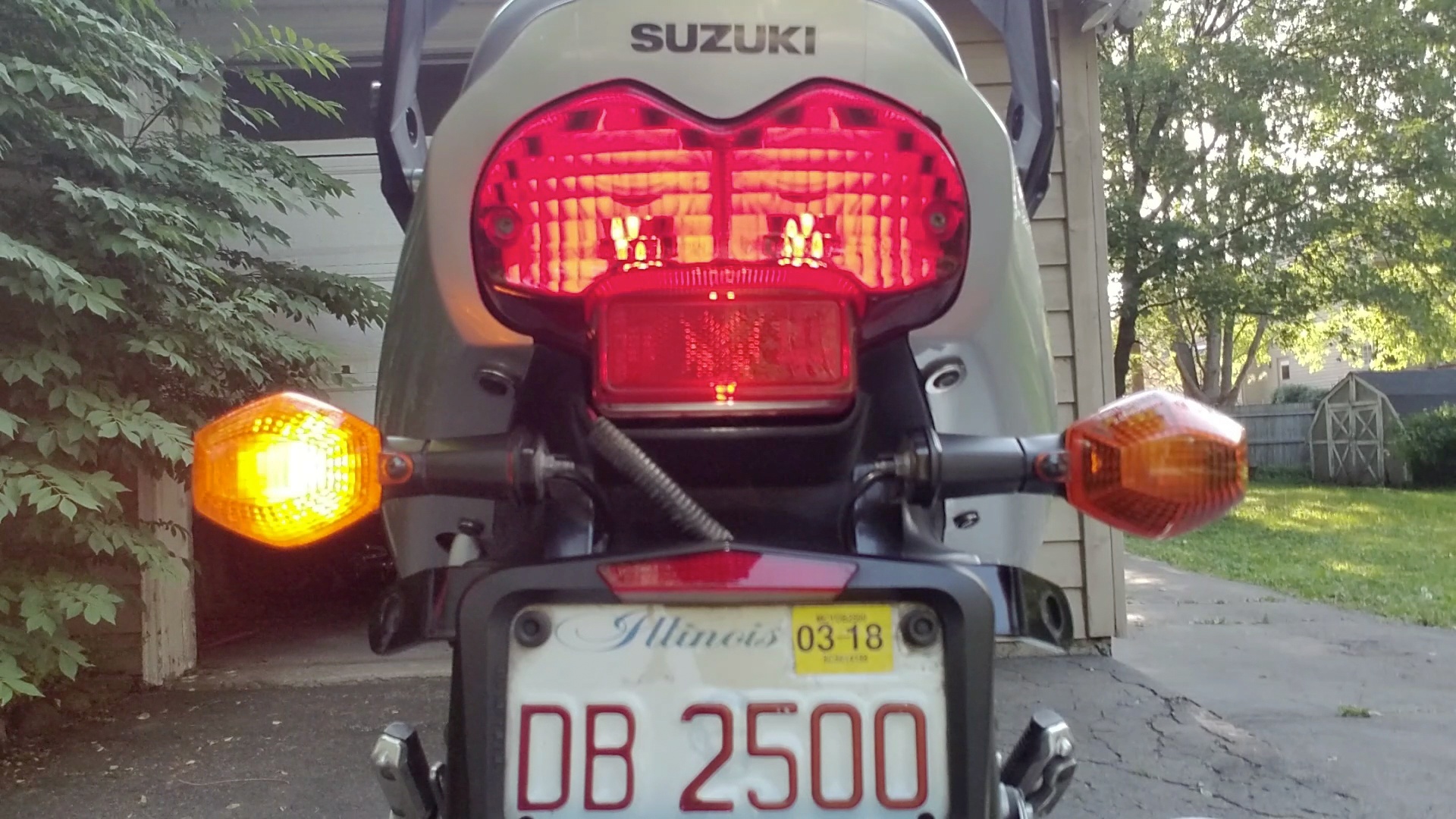
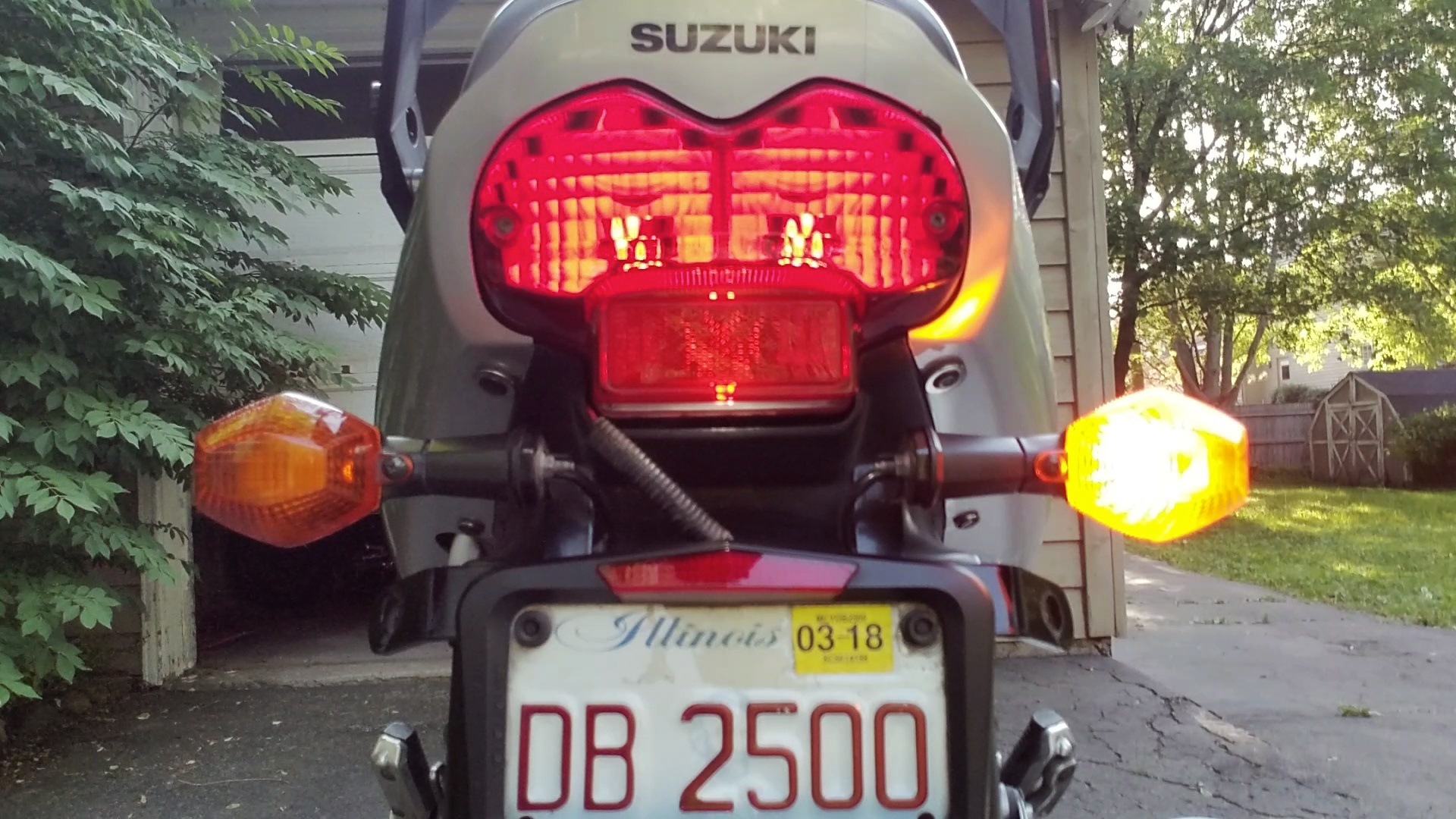


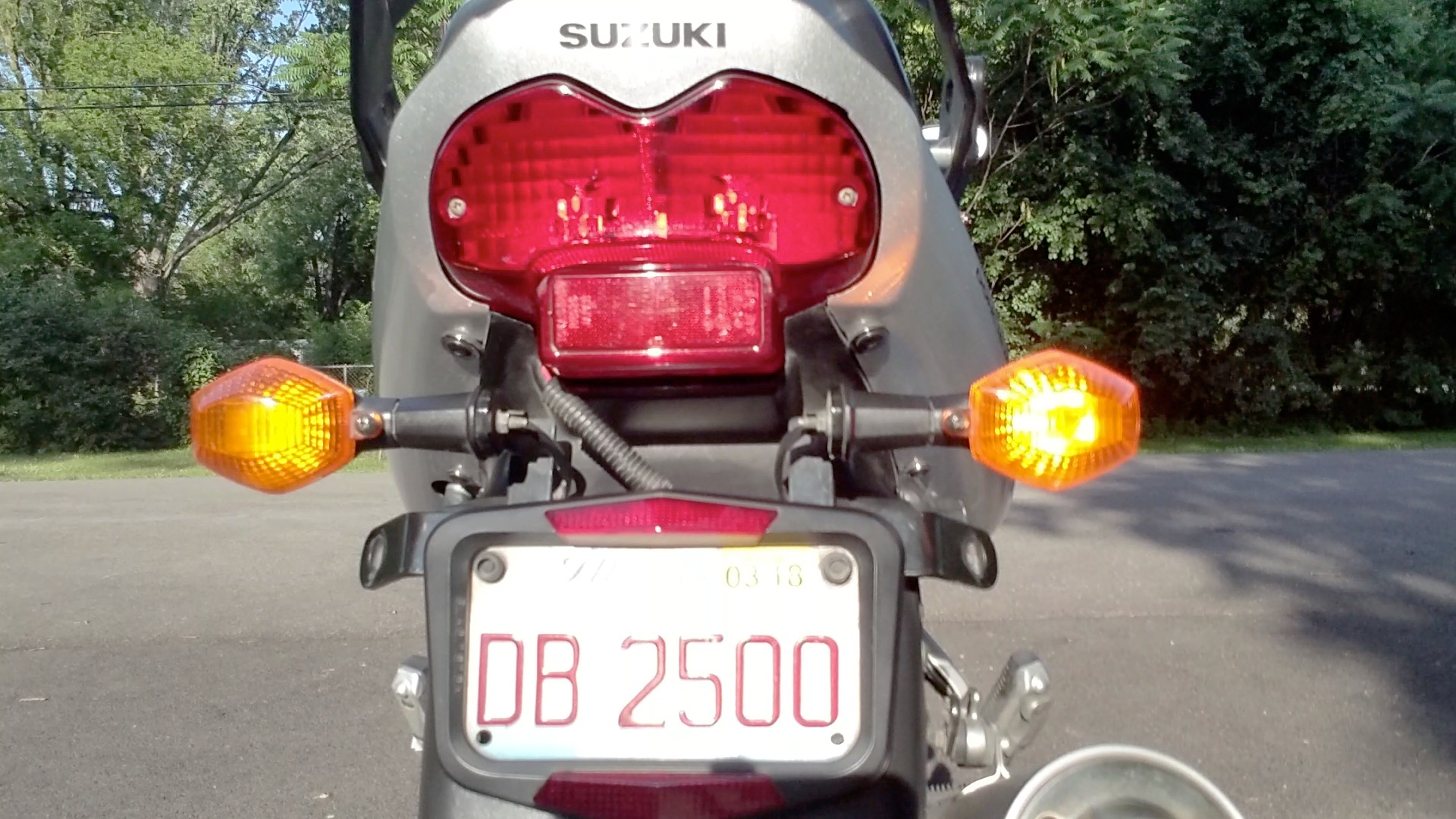



Thoughts gone wild? Write an article!